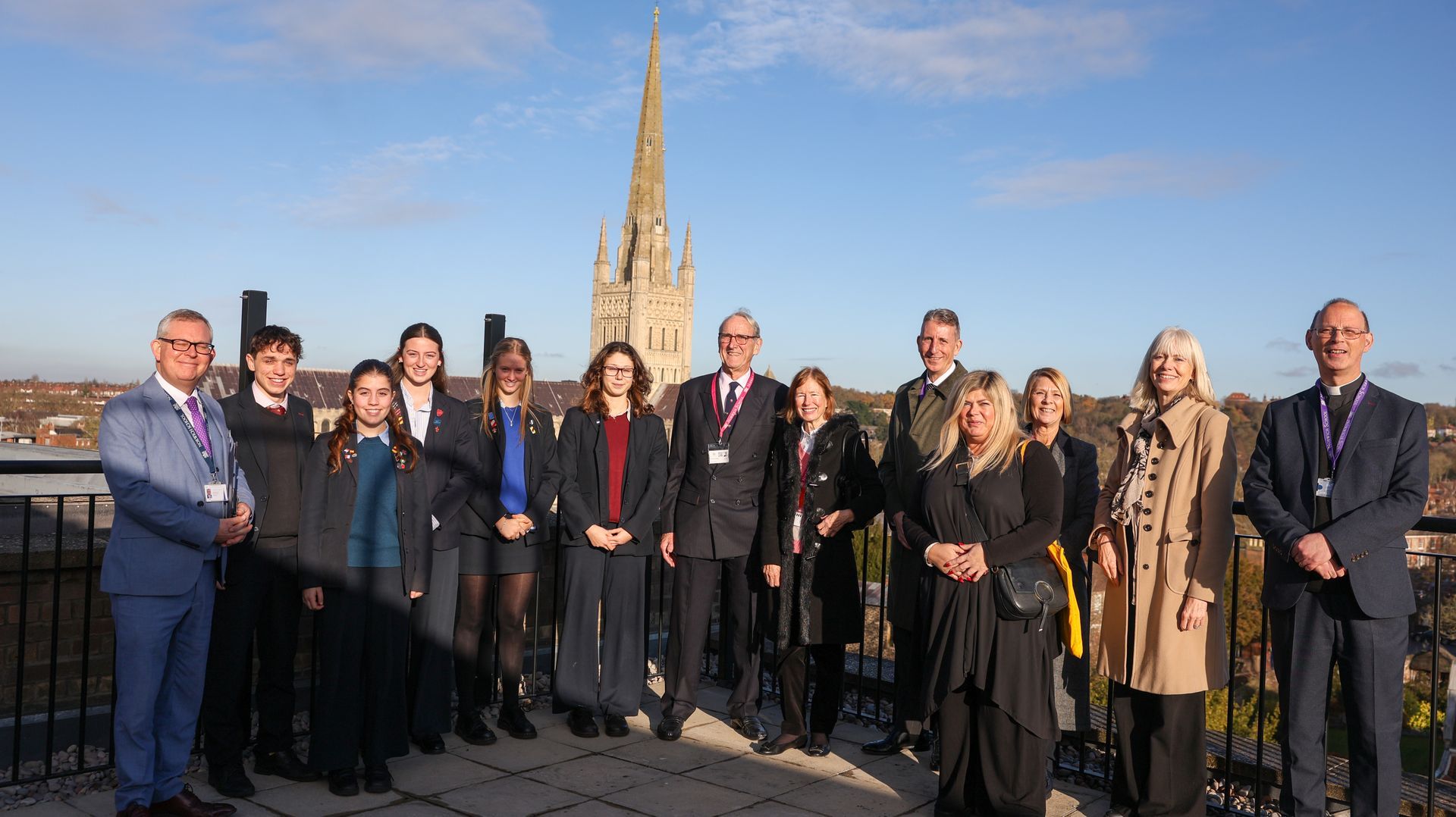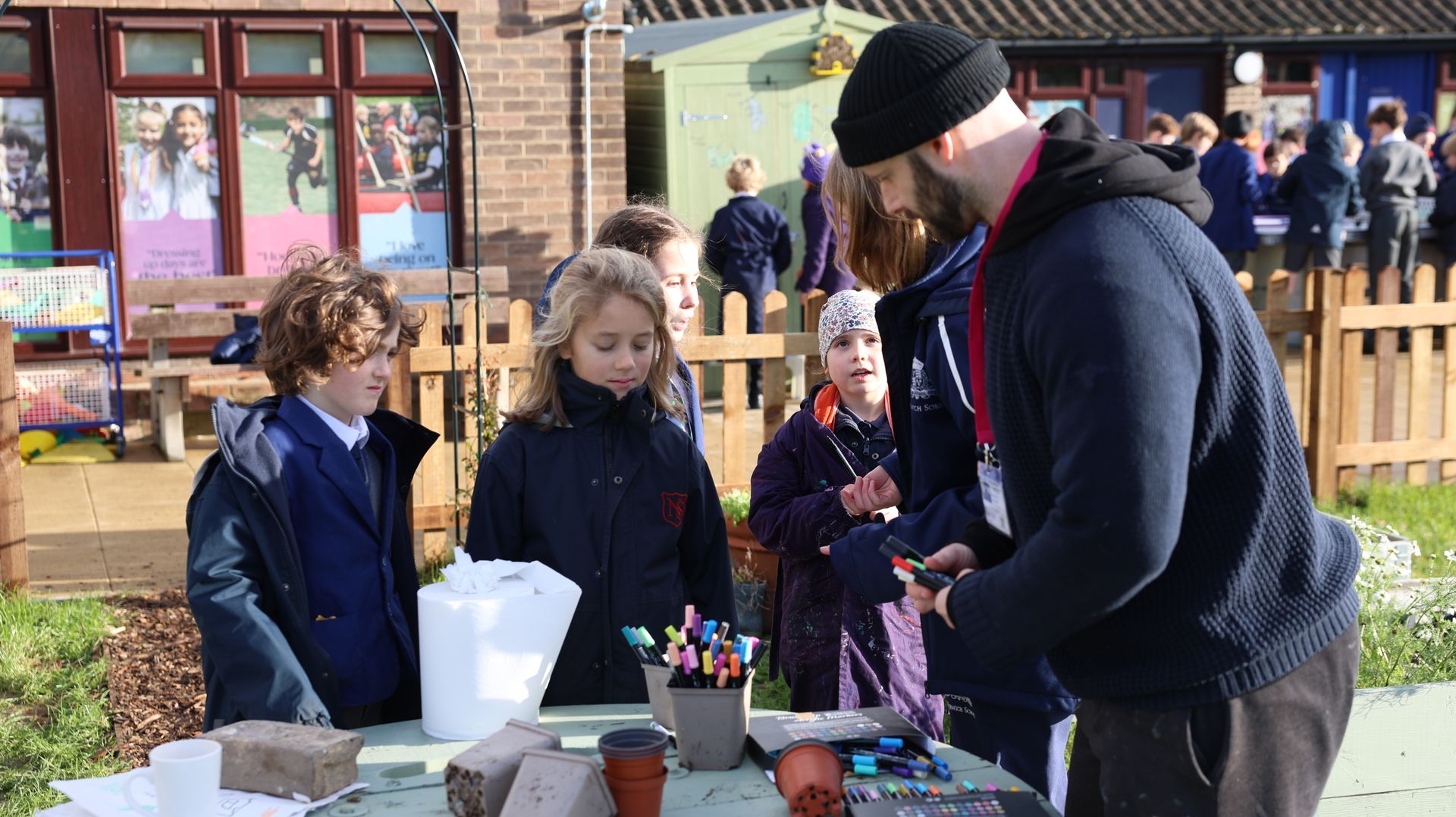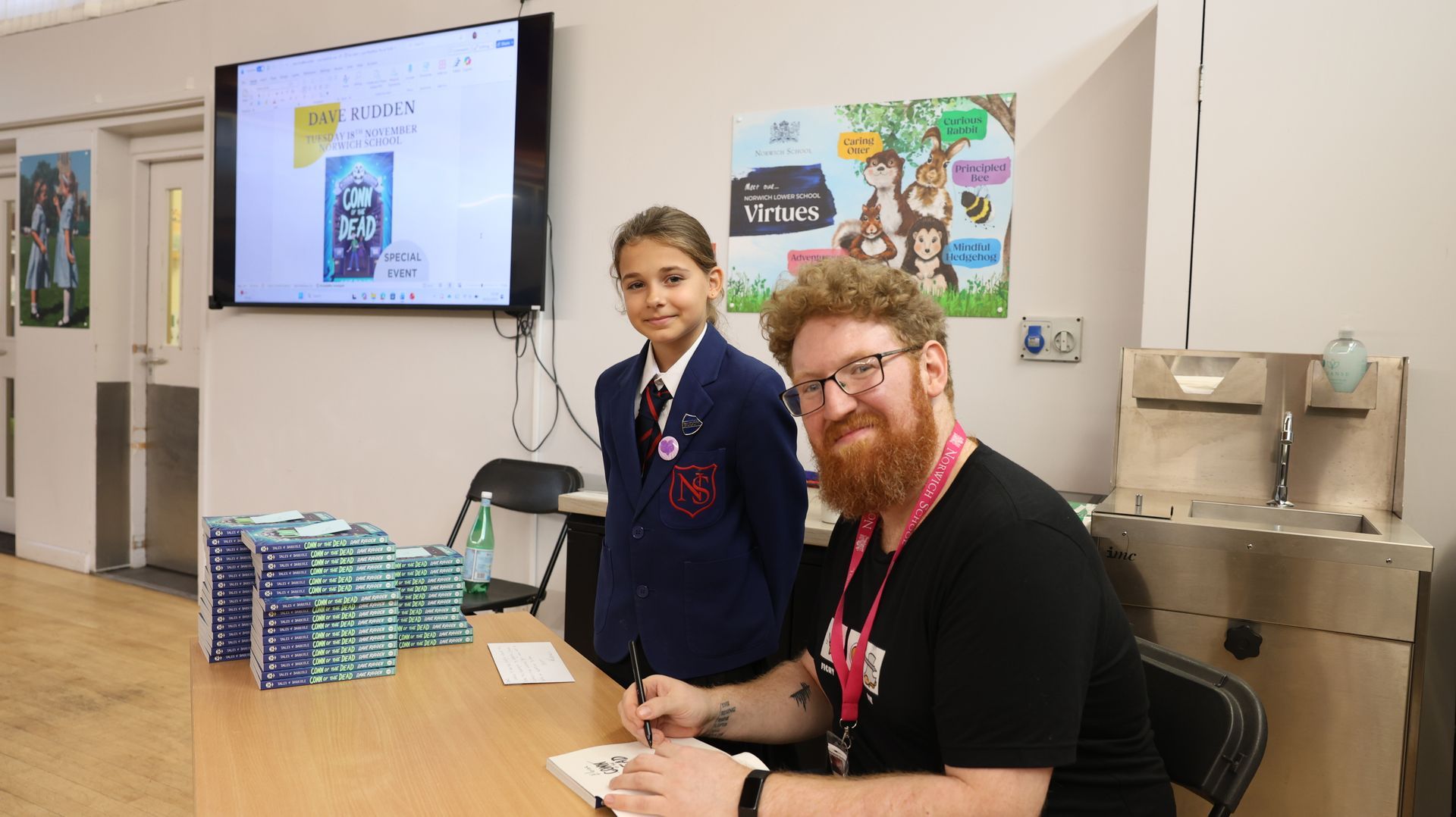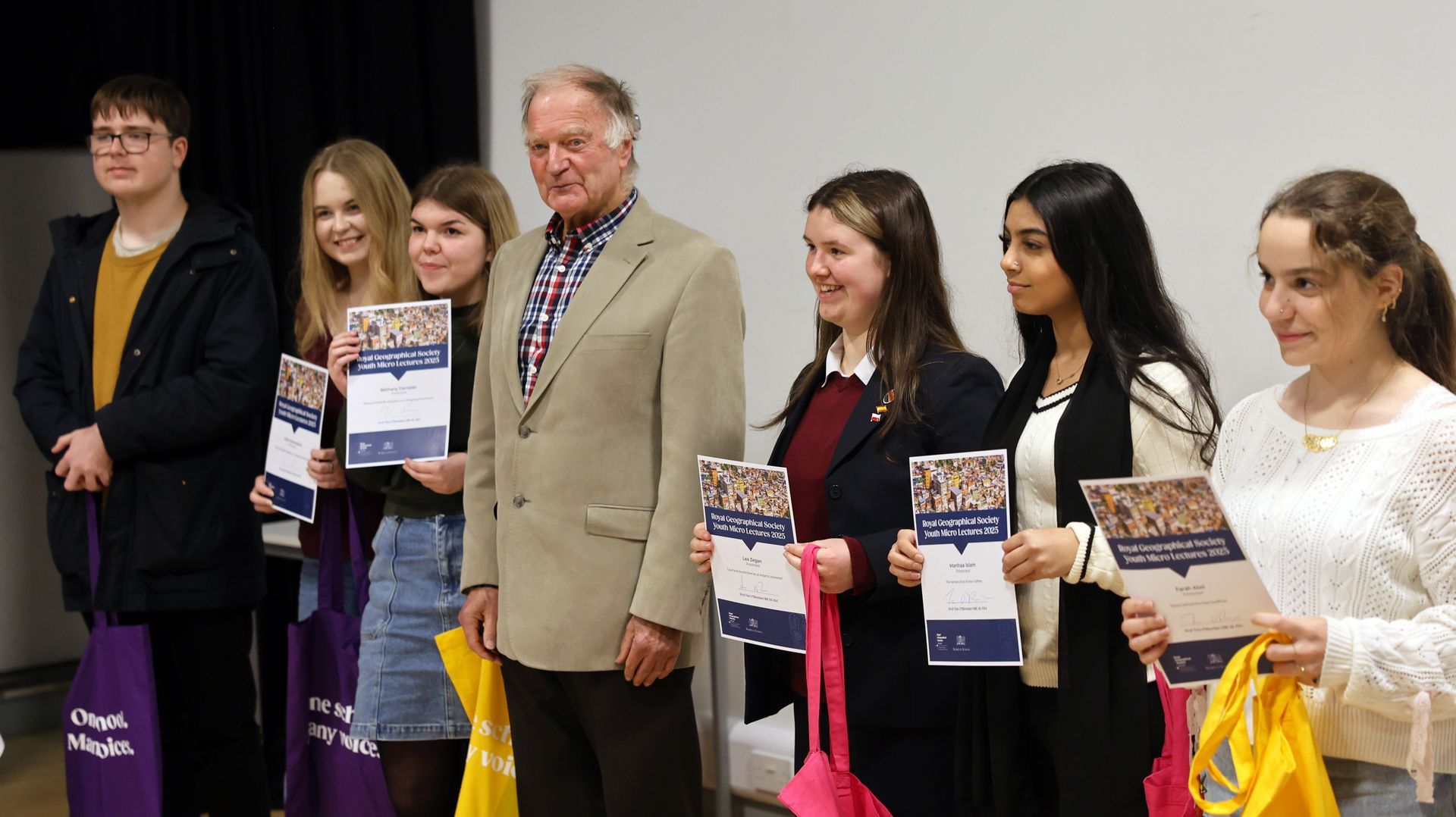By Eleanor Lewis
•
November 28, 2025
Two weeks. Yes, that’s right. In just two weeks we will be on the cusp of the Christmas holidays. I wonder what you will do in those days, particularly the ones immediately after Christmas. That glorious time when nobody really knows what day of the week it is, whether the shops are open, or if the bins are being collected. If your Christmas holidays are anything like mine, they involve a fair amount of travelling. For some, that travelling begins as soon as term ends, racing out of school to disappear somewhere exciting. For others – like me – the travelling happens after Christmas, a yearly road trip, to grandparents, to greatgrandparents, to aunts, uncles, in laws: a type of Christmas pilgrimage. Christmas is full of travelling. Today’s reading sees Mary and Joseph make their journey to Bethlehem; soon after, the shepherds hurry to see the good news, the magi follow a star to distant lands, and then Mary and Joseph flee to Egypt in a far more anxious journey. Even our hymn today concerns people travelling. “Lo from the North they come; from east and west and south.” All this talk of journeys has made me think about travelling and its place in our lives and our faith. This week I have watched Strictly Come Dancing and Race Across the World. One has no phones, no flights, and a temporary pause to the race because of civil unrest in Guatemala; the other is full of glitter and spray tan and a weekend in Blackpool; both programmes explore how their contestants are “on a journey”. And this is nothing new. From the Wizard of Oz, to Forest Gump, from Moana to the Mandalorian, our culture is full of quests and pilgrimages. Some claim the greatest of these is the hobbits’ trek from the safety of the Shire, across Middle Earth towards the dangers of Mordor. However, over 1,000 pages of reading, or more than 10 hours of film isn’t for everyone: Lord of the Rings? More like Bored of the Rings? These films drag on and on – why can’t those hobbits just get where they’re going? That review says something true about many of us: we are impatient travellers. We want to arrive. We want to get there. Parents of young children know this well: five minutes into any car journey will come the inevitable: “How much longer?” “Are we nearly there yet?” As parents of such children, and with them in the car with us, it is likely that we will have exactly the same attitude: let’s get this over with as soon as possible. Cancelled flights, lost luggage, or overcrowded trains: most journeys and forms of transport involve frustration, impatience, discomfort and maybe even a little bit of rage. I like travel to be planned and predictable. I never did the student inter railing thing yet I do appreciate the freedom of unhurried journeys. When you are not rushing to arrive, or feeling cross about your arrangements, you can notice the scenery, enjoy the journey, even think. My favourite journeys are long car journeys, but with my husband, and without the small children. On such journeys, we talk, we reflect, we plan. On those occasions, I really don’t mind the traffic. Not all journeys involve transport. At this point of the year, as we cling on until the next end of term, we are on our slow, yearly trek through the academic calendar. We live by assignments, deadlines, submission dates, exams. But when people leave school, they often say the same thing — “It went so fast. I wish I’d appreciated it more at the time. ” Yes, being so destination-focused can mean missing what’s happening on the road itself. Yet there is a far greater risk: that the hassles and stresses of travel make us avoid journeys altogether. Why bother when it’s so hard? However, the world is a book and those who do not travel read only one page. These words, attributed to St Augustine, have been borrowed by travel companies to sell holidays: to encourage people to visit unknown places and embrace the world beyond their doorstep. Yet I cannot believe that Augustine is really talking about all-inclusive package holidays or gap years. This great thinker and church Father is encouraging intellectual and spiritual exploration, rather than inter-railing and back-packing. Perhaps, in line with Augustine’s encouragement, we should be delighting in all travel and exploration, especially in our thinking, and never seek instant, quick, or easy answers. We don’t have to and we certainly shouldn’t stay fixed in one place or perspective. After all, that is what Advent, beginning this weekend, invites us to do: it is not simply about counting down the days until Christmas, but about taking the journey slowly, learning to wait, to notice and to prepare for what lies ahead. Wherever you are going in the next few weeks, godspeed to you and please do travel safely. When you’re sat in a departure lounge and the flight is delayed, or you’re on your way to Granny’s house and the traffic is bad, or, because it’s one of those days after Christmas and nothing works properly, you find that you are on some god-forsaken rail replacement bus, by all means look forward to arriving at your destination but have it mind to enjoy the journey time and the travelling as much as the arrival. Journeys have to be taken, and should be taken, but they should be enjoyed, not just endured. The Christian story, especially at Advent and Christmas, reminds us that all journeys, including and especially the unexpected and the transformational, should be celebrated. In the words of today’s hymn: Shout as you journey home; Songs be in every mouth. You don’t always need to know where you’re going, or indeed how you are going to get there. Treating all journeys, the actual, the intellectual and the spiritual, with this mindset, might leave us less frustrated by delays, changes, or bumps in the road and more open simply to seeing where the road takes us. Like Mary and Joseph, we might travel with uncertainty, and face difficulties, but we should travel with faith. Mary and Joseph survived without googlemaps: their journey certainly didn’t turn out as anticipated. In fact, their arrival in Bethlehem was only the start of a much greater journey, for them and for us.
















